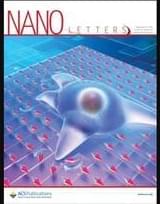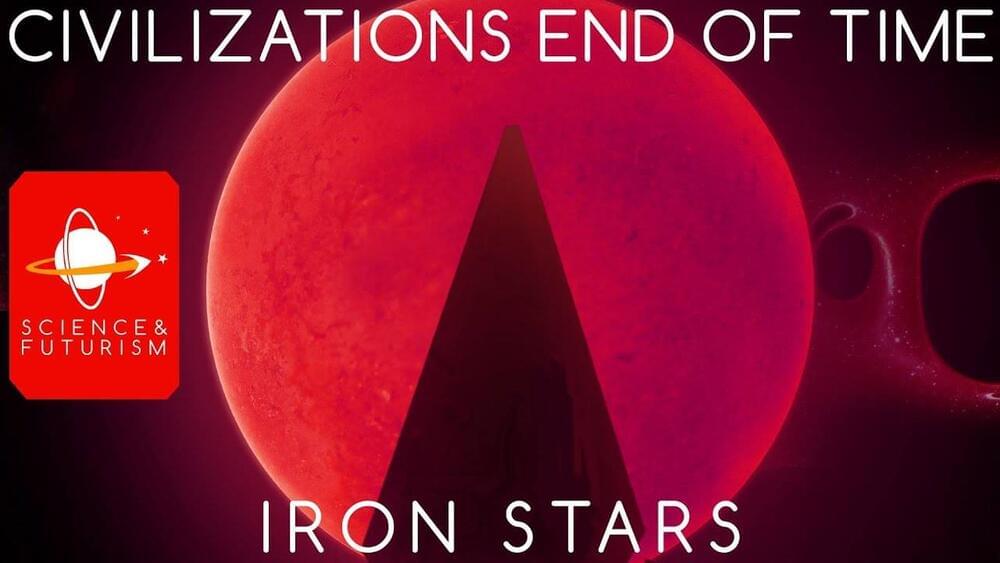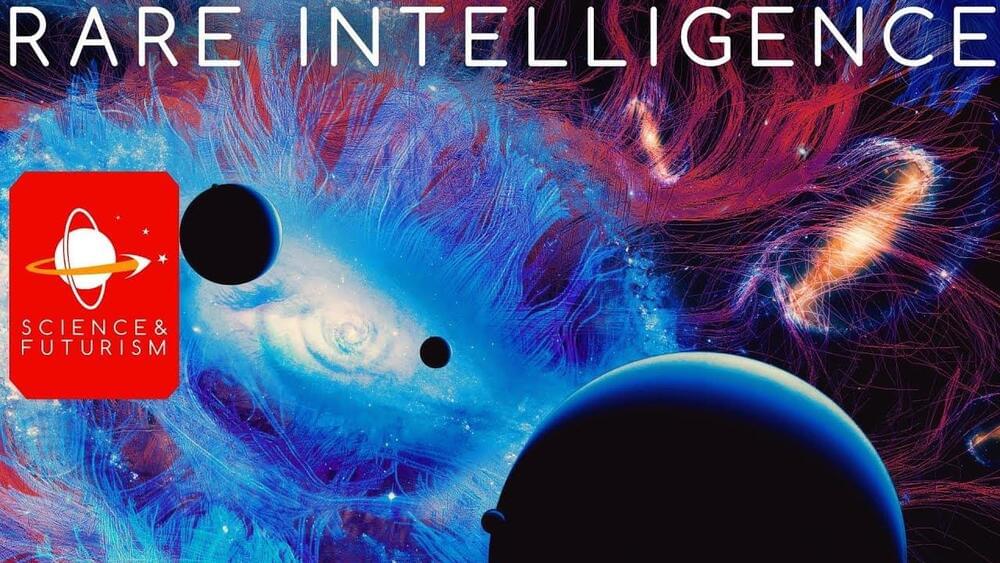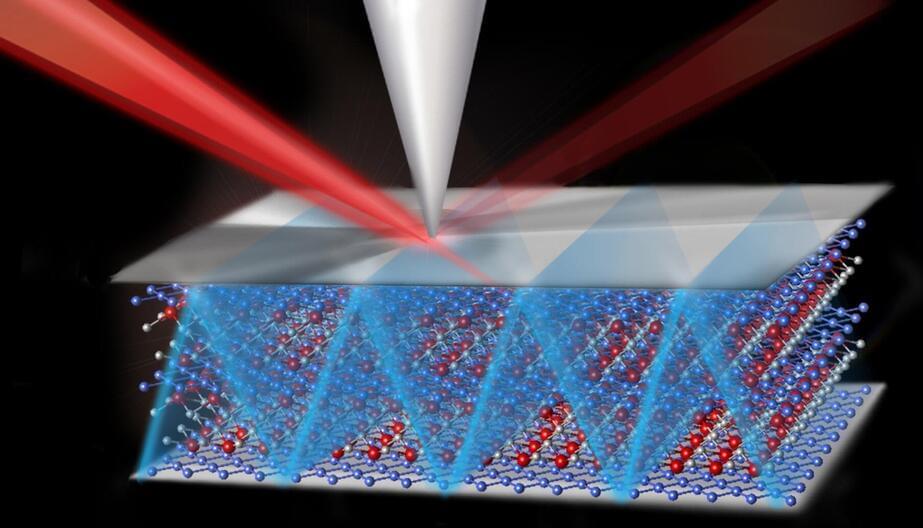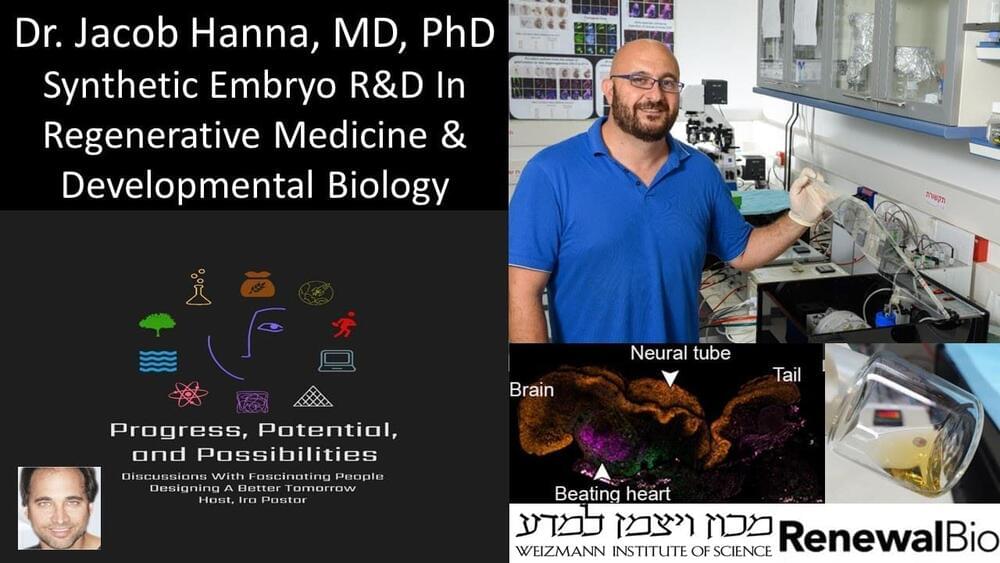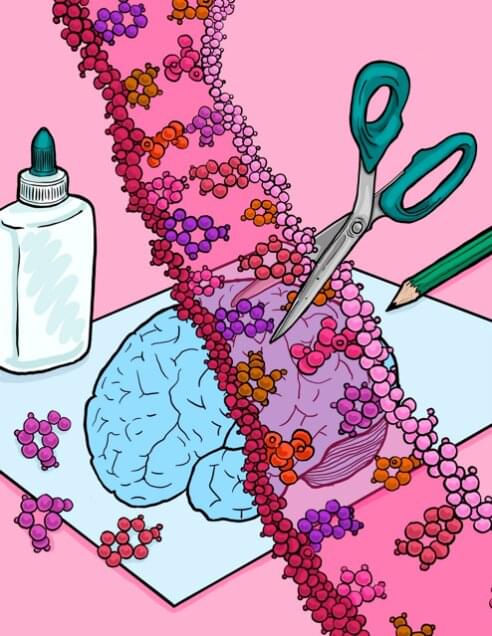Measuring the mechanical interplay between cells and their surrounding microenvironment is vital in cell biology and disease diagnosis. Most current methods can only capture the translational motion of fiduciary markers in the deformed matrix, but their rotational motions are normally ignored. Here, by utilizing single nitrogen-vacancy (NV) centers in nanodiamonds (NDs) as fluorescent markers, we propose a linear polarization modulation (LPM) method to monitor in-plane rotational and translational motions of the substrate caused by cell traction forces. Specifically, precise orientation measurement and localization with background suppression were achieved via optical polarization selective excitation of single NV centers with precisions of ∼0.5°/7.5 s and 2 nm/min, respectively.
Sam Harris on “Free Will”
Posted in ethics, neuroscience
This lecture was recorded on March 25, 2012 as part of the Distinguished Science Lecture Series hosted by Michael Shermer and presented by The Skeptics Society in California (1992–2015).
SAM HARRIS IS THE AUTHOR of the New York Times bestsellers, The Moral Landscape, The End of Faith and Letter to a Christian Nation. His new book is short (96) pages, to the point, and will change the way we all view free will, as Oliver Sacks wrote: “Brilliant and witty — and never less than incisive — Free Will shows that Sam Harris can say more in 13,000 words than most people do in 100,000.” UCSD neuroscientist V.S, Ramachandran notes: “In this elegant and provocative book, Sam Harris demonstrates — with great intellectual ferocity and panache — that free will is an inherently flawed and incoherent concept, even in subjective terms. If he is right, the book will radically change the way we view ourselves as human beings.”
Order the book on which this lecture is based: http://goo.gl/zHMx9
Watch some of the past lectures for free online.
https://www.skeptic.com/lectures/
SUPPORT THE SOCIETY
Use my link http://www.audible.com/isaac and get a free audio book with a 30 day trial!
In the previous episode we saw how civilizations might not simply survive after all the stars in the Universe had died, but might indeed thrive far better during the Black Hole Era of the Universe. Today, we will go beyond even the Dark Era to examine the concepts or Iron Star Civilizations, Boltzmann Brains, Reversible Computing, and even reversing Entropy itself.
Visit our Website: http://www.isaacarthur.net.
Join the Facebook Group: https://www.facebook.com/groups/1583992725237264/
Support the Channel on Patreon: https://www.patreon.com/IsaacArthur.
Visit the sub-reddit: https://www.reddit.com/r/IsaacArthur/
Listen or Download the audio of this episode from Soundcloud: https://soundcloud.com/isaac-arthur-148927746/civilizations-…iron-stars.
Cover Art by Jakub Grygier: https://www.artstation.com/artist/jakub_grygier.
Graphics Team:
Edward Nardella.
Jarred Eagley.
Justin Dixon.
Katie Byrne.
Misho Yordanov.
Murat Mamkegh.
Pierre Demet.
Sergio Botero.
Stefan Blandin.
Script Editing:
Andy Popescu.
Connor Hogan.
Edward Nardella.
Eustratius Graham.
Gregory Leal.
Jefferson Eagley.
Luca de Rosa.
Michael Gusevsky.
Mitch Armstrong.
MolbOrg.
Naomi Kern.
Philip Baldock.
Sigmund Kopperud.
Steve Cardon.
Tiffany Penner.
Music:
We conclude our look at possible explanations why life may be very rare in the Universe by looking at the evolutionary pathway to intelligence and the hurdles between life starting on a planet and migrating off of it.
Use my link http://www.audible.com/isaac and get a free audio book with a 30 day trial!
Visit our Website: http://www.isaacarthur.net.
Join the Facebook Group: https://www.facebook.com/groups/1583992725237264/
Support the Channel on Patreon: https://www.patreon.com/IsaacArthur.
Visit the sub-reddit: https://www.reddit.com/r/IsaacArthur/
Listen or Download the audio of this episode from Soundcloud: https://soundcloud.com/isaac-arthur-148927746/rare-intelligence.
Cover Art by Jakub Grygier: https://www.artstation.com/artist/jakub_grygier.
Graphics Team:
Edward Nardella.
Jarred Eagley.
Justin Dixon.
Katie Byrne.
Kris Holland of Mafic Stufios: www.maficstudios.com.
Misho Yordanov.
Pierre Demet.
Sergio Botero: https://www.artstation.com/sboterod?fref=gc.
Stefan Blandin.
Script Editing:
Andy Popescu.
Connor Hogan.
Edward Nardella.
Eustratius Graham.
Gregory Leal.
Jefferson Eagley.
Luca de Rosa.
Mark Warburton.
Michael Gusevsky.
Mitch Armstrong.
MolbOrg.
Naomi Kern.
Philip Baldock.
Sigmund Kopperud.
Steve Cardon.
Tiffany Penner.
Music:
A study of 2,217 kids found that those who played 21 hours of video games per week had greater cognitive abilities than kids who played none.
Twitter is working on a feature that would charge users for some video content, The Washington Post reported.
Referred to as “Paywalled Video,” the new feature would allow content creators to charge users a fee to view videos on the platform, according to an internal email obtained by the publication.
The Post reported that a Twitter employee, who spoke on the condition of anonymity, said it seemed like a feature that would probably be used at least partly for adult content.
When we encounter metals in our day-to-day lives, we perceive them as shiny. That’s because common metallic materials are reflective at visible light wavelengths and will bounce back any light that strikes them. While metals are well suited to conducting electricity and heat, they aren’t typically thought of as a means to conduct light.
But in the burgeoning field of quantum materials, researchers are increasingly finding examples that challenge expectations about how things should behave. In new research published in Science Advances, a team led by Dmitri Basov, Higgins Professor of Physics at Columbia University, describes a metal capable of conducting light. “These results defy our daily experiences and common conceptions,” said Basov.
The work was led by Yinming Shao, now a postdoc at Columbia who transferred as a Ph.D. student when Basov moved his lab from the University of California San Diego to New York in 2016. While working with the Basov group, Shao has been exploring the optical properties of a semimetal material known as ZrSiSe. In 2020 in Nature Physics, Shao and his colleagues showed that ZrSiSe shares electronic similarities with graphene, the first so-called Dirac material discovered in 2004. ZrSiSe, however, has enhanced electronic correlations that are rare for Dirac semimetals.
HOW did our universe begin? This is among the most profound questions of all, and you would be forgiven for thinking it is impossible to answer. But Laura Mersini-Houghton says she has cracked it. A cosmologist at the University of North Carolina at Chapel Hill, she was born and raised under communist dictatorship in Albania, where her father was considered ideologically opposed to the regime and exiled. She later won a Fulbright scholarship to study in the US, forging a career in cosmology in which she has tackled the origins of the universe – and made an extraordinary proposal.
Mersini-Houghton’s big idea is that the universe in its earliest moments can be understood as a quantum wave function – a mathematical description of a haze of possibilities – that gave rise to many diverse universes as well as our own. She has also made predictions about how other universes would leave an imprint upon our own. Those ideas have been controversial, with some physicists arguing that her predictions are invalid. But Mersini-Houghton argues that they have been confirmed by observations of the radiation left over from the big bang, known as the cosmic microwave background.
(https://hannalabweb.weizmann.ac.il/) is a Senior Scientist and Professor in the Department of Molecular Genetics at the Weizmann Institute of Science in Israel, where his lab, and the interdisciplinary group of scientists within it, are focused on understanding the complexity of early embryonic stem cell biology and early developmental dynamics, as well as advancing human disease modeling.
More specifically, Dr. Hanna’s lab investigates the detailed process of cellular reprogramming, in which induced pluripotent stem cells are generated from somatic cells, and they investigate how pluripotency is maintained throughout development in mouse and human. In their studies they employ a diverse arsenal of biological experimentation methods, high throughput screening, advanced microscopy and genomic analyses seeking to combine biological experimentation with computational biology, theory and modeling, to elucidate various biological questions.
Dr. Hanna completed both his MD and PhD at The Hebrew University of Jerusalem, where his work was focused in the domain of immunology with his thesis focus on novel molecular and functional properties of human NK Subsets. He then went on to do postdoctoral studies at the Whitehead Institute for Biomedical Research at MIT under the tutelage of Prof. Dr. Rudolf Jaenisch with a field of study of pluripotency and epigenetic reprogramming.
Dr. Hanna is also Founder and Chief Scientific Advisor, of Renewal Bio (https://www.renewal.bio/), a biotech company looking to leverage the power of these new stem cell technologies, potentially applying them to a wide variety of human ailments including infertility, genetic diseases, and longevity.
Mount Sinai researchers have cataloged thousands of sites in the brain where RNA is modified throughout the human lifespan in a process known as adenosine-to-inosine (A-to-I) editing, offering important new avenues for understanding the cellular and molecular mechanisms of brain development and how they factor into both health and disease.
In a study published in Cell Reports, the team described how the rate of RNA editing in the brain increases as individuals age, with implications for dissecting the pathology of altered A-to-I editing across a range of neurodevelopmental and aging disorders.
“Our work provides more nuanced and accurate insights into the contribution of RNA modifications by A-to-I editing during human brain development,” says senior author Michael Breen, Ph.D., Assistant Professor of Psychiatry, and Genetics and Genomic Sciences, at the Icahn School of Medicine at Mount Sinai, and a member of the Seaver Center for Autism Research and Treatment.
